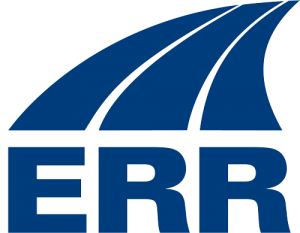
"Quiet Rail 2020" - Into the Future on Quiet Soles
Rail must become quieter and thus kinder to the environment and local residents – that was the BMVI’s plan and the basis for the Quiet Rail 2020 program. The target: reduce rail traffic noise by 10 dB (A), which is perceived by the human ear as halving the noise. To achieve this goal, all freight cars in Germany had to be converted to whisper brakes or new cars with quiet braking systems had to be purchased.
For the wagon owners, this conversion to low-noise brake pads represented a major challenge, both in terms of the additional burden on day-to-day operations and financially. ERR European Rail Rent GmbH also had to convert more than 1,000 wagons by the end of 2020. In some cases, this was possible as part of regular overhauls, but in many cases the Mobile Service was also used or additional factory visits were required. A mammoth project that was nevertheless successfully completed by the end of 2020.
But – the financial outlay does not end there: The converted cars have significantly higher operating costs. For example, brakes and wheel sets have to be inspected at shorter intervals. Wheelsets need to be reprofiled more frequently and wear out more quickly, and the LL soles are also significantly more expensive to replace than cast iron brake pads.
To support keepers, at least in part, the European Commission is funding retrofits through the European Union’s Connecting Europe Facility (CEF). ERR was also able to take advantage of funds from the facility.

